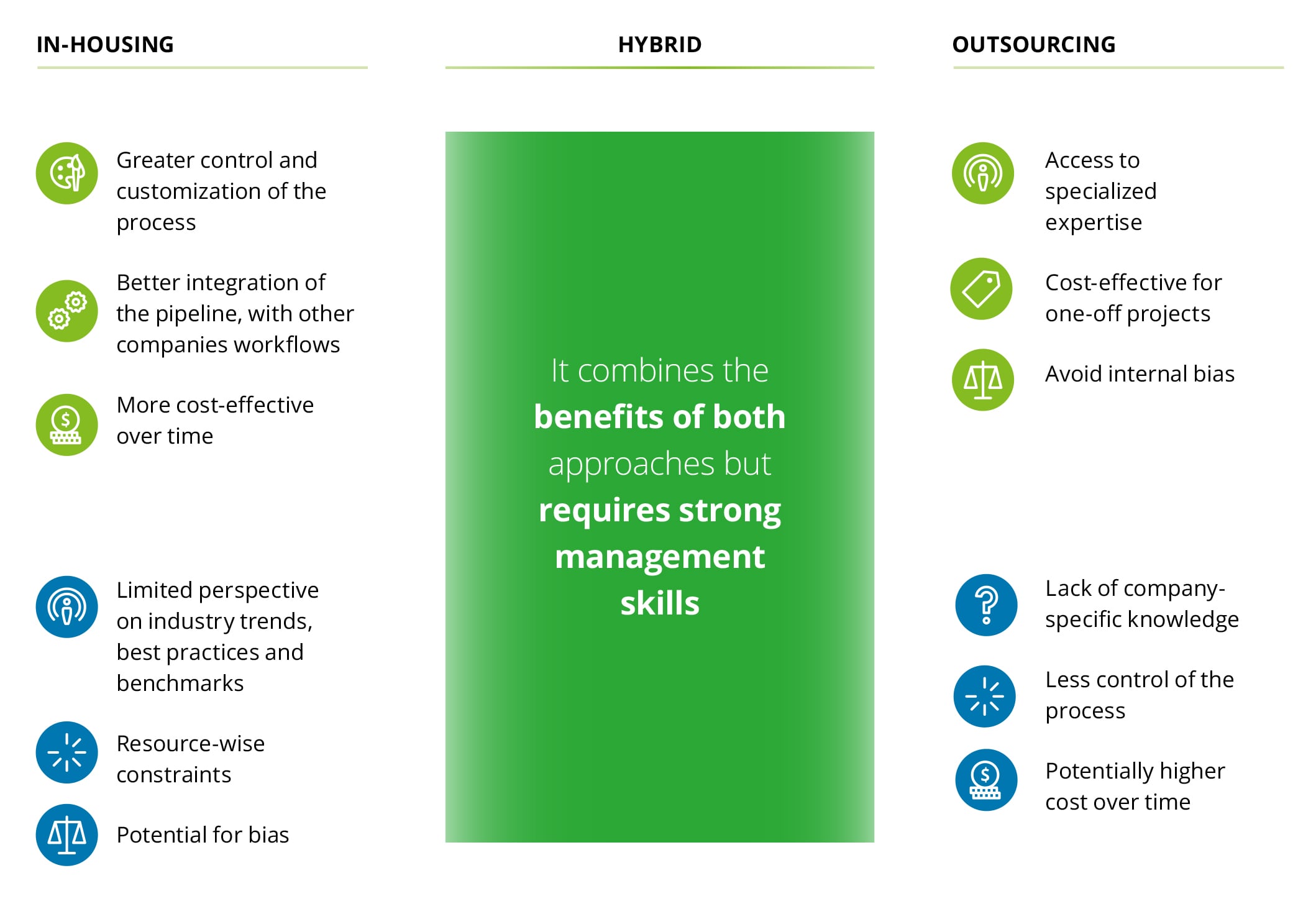The proliferation of these models has revolutionized the ecosystem, increasing accessibility and accelerating development, taking media strategy measurement to new levels of sophistication.
The shift from licensed software to open source solutions is gaining momentum. Accurately reflecting this trend, patents in the evolution of searches related to “MMM” increased by 32%.1 Compare 2023 and 2022.
This accessibility has expanded creative, data-driven approaches to marketing measurement and fostered a culture of experimentation and innovation within the industry. As a result, the MMM landscape continues to evolve rapidly, with the open source paradigm acting as a driving force.
When evaluating open source use cases, three main characteristics emerge:
- Cost-effectiveness. One of the main characteristics of open source software is its inexpensive nature. Even business applications are available for free, making them a cost-effective and accessible option.
- innovation. Open source software is powered by community contributions, which foster the spread of innovative ideas and continuous improvement. New ideas and improvements emerge when people from different backgrounds contribute.
- Flexibility. The source code can be modified to suit your specific needs, allowing you to create bespoke solutions.
However, it is also important to consider certain risks associated with using open source models.
- support. Technical support for open source software may be limited or non-existent. Users often rely on communities for troubleshooting, increasing the uncertainty of problem resolution.
- Integration. Integration with other software components can present challenges.
- experience. An in-house analytics team is essential to tailoring and adapting open source models to your organization's specific needs.
From a strategic perspective, companies considering implementing an MMM model can consider three main approaches based on their capabilities and workflows:
- Inside the company: An in-house team builds and maintains the solution. Achieving positive results requires business knowledge and technical expertise. Companies can choose to develop their own models from scratch or adapt and customize existing open source models. This approach is gaining popularity and already accounts for 44% of the total market.2.
- outsourcing: Consists of complete outsourcing of the MMM project, delegating its operation to a third party and providing an end-to-end solution to the client. 93% of respondents answered that it was effective, indicating a high level of satisfaction.2.
- hybrid: Integrate workflows between your company and third parties. While the company leads and maintains the solution, third parties act as providers of guidance on various aspects related to strategy, operations, or technical expertise.

Among the three approaches, model internalization tends to be greater. This dynamic increases the likelihood that companies will face new challenges at both the organizational and operational levels.
What are the main challenges faced by companies in internalizing MMM processes?
1) Establishing a team of data scientists is essential for successful internalization of MMM.
2) Collaboration with the sponsor within the organization is essential for the successful implementation of MMM.
3) Setting up the infrastructure for MMM-based decision making involves implementing various tools, from databases to scenario simulators with dashboards.
4) Ensure a high degree of collaboration between marketing, business teams, and data scientists.
The key to successfully tackling these challenges lies in a practical framework that ensures the operationalization of the model.



